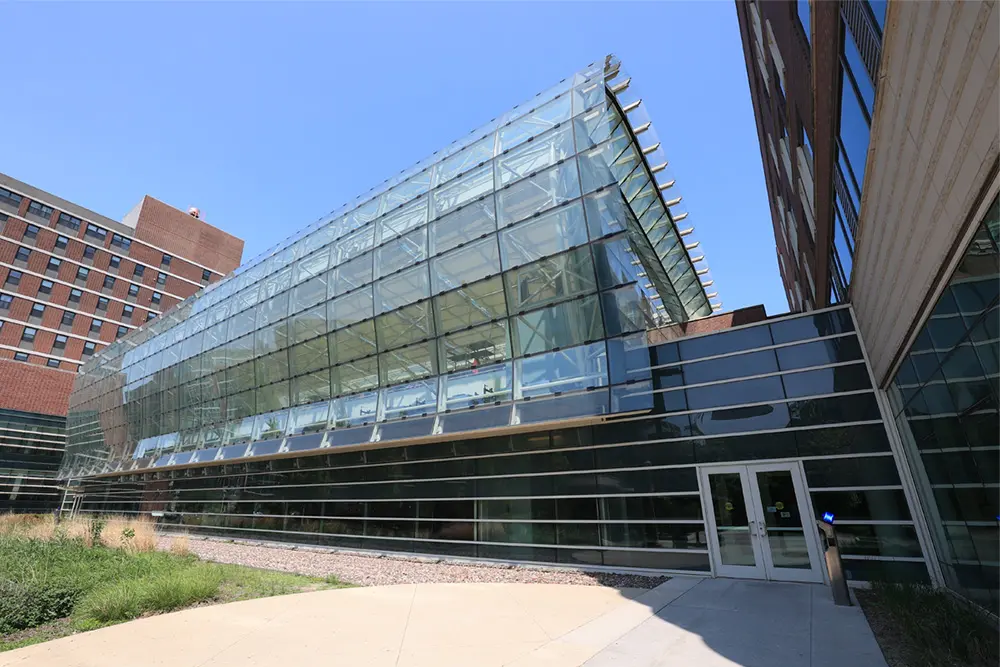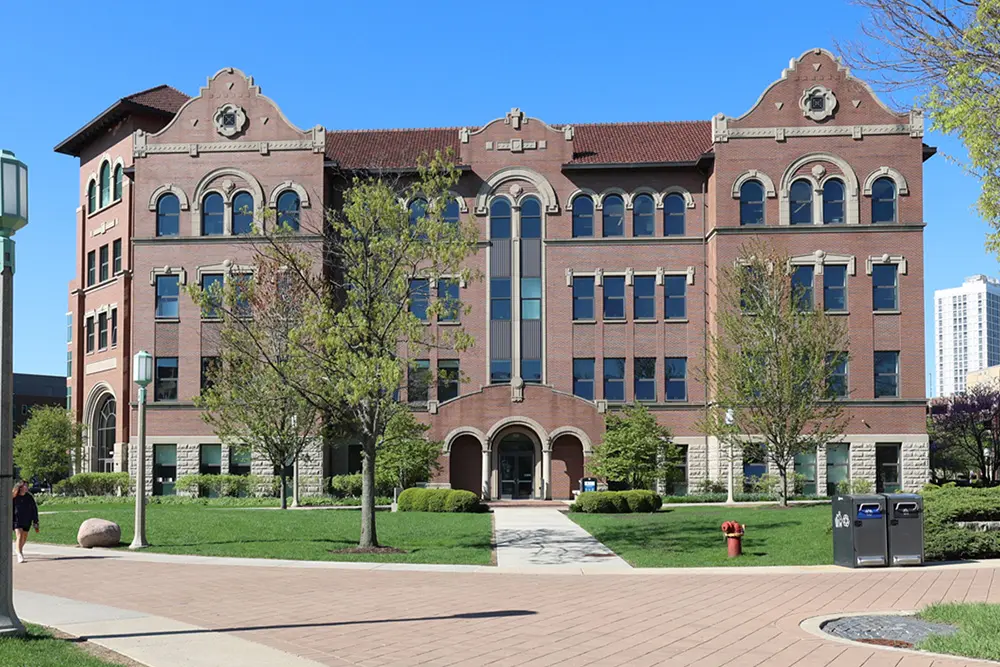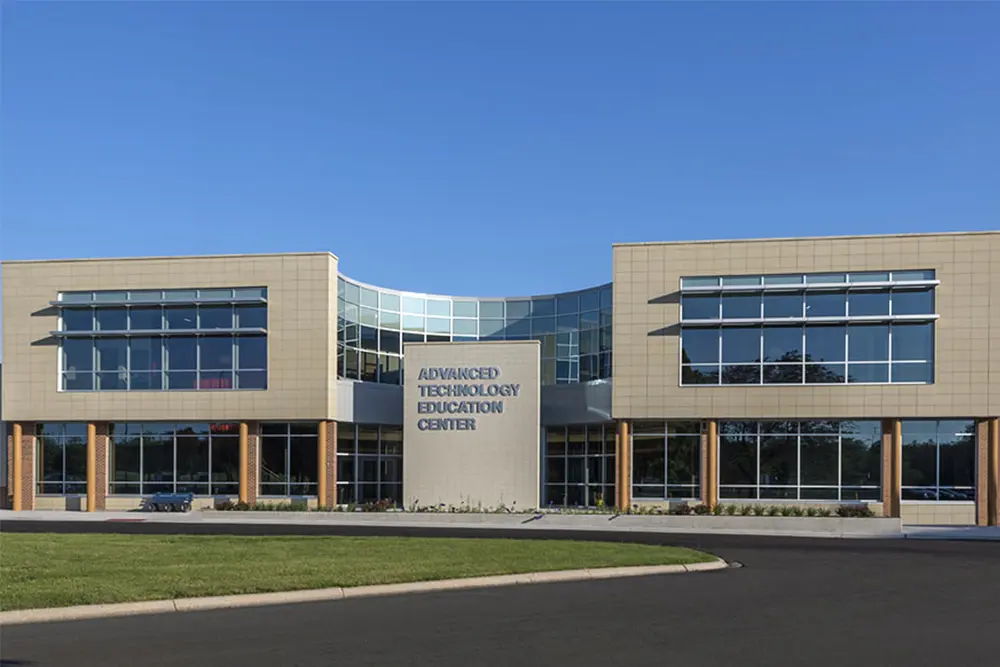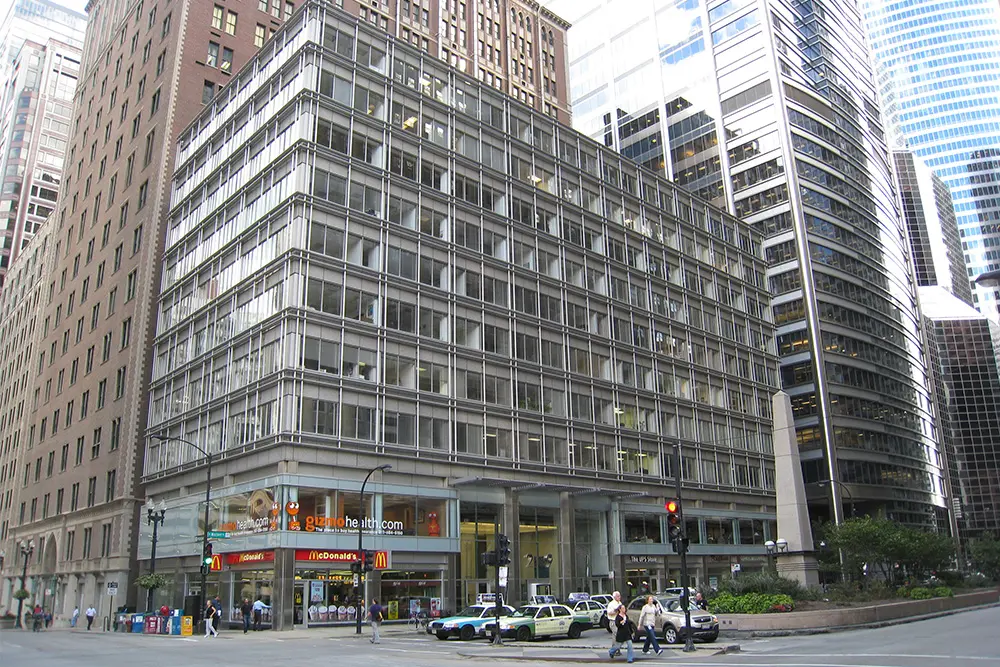The Problem

Fire protection systems typically use an antifreeze that is manufactured with propylene glycol or glycerin, both of which are flammable. In some cases, previously permissible concentrations of antifreeze in fire protection systems have been proven to have exacerbated fires and even resulted in explosions when antifreeze solution has come into contact with the flames that initially triggered the system.
To address the above concern, the National Fire Protection Association (NFPA) established requirements in 2014 regarding the chemical makeup of acceptable antifreeze solutions, the allowable concentration of antifreeze in systems, and the size of systems that uses antifreeze. Included in the 2014 changes to NFPA 13 and NFPA 25 were maintenance requirements for existing antifreeze sprinkler systems. These maintenance requirements include:
- Annual testing of the system
- Installation of an additional control or test valve, if needed
- Installation of signage explaining the locations of antifreeze in the facility, the antifreeze supplier, and the concentration and volume of antifreeze in the system.
What’s Now Required
All existing antifreeze sprinkler systems must be brought up to current NFPA requirements no later than September 30, 2022. If a building utilizes an existing antifreeze sprinkler system that was installed before 2012, NFPA 13 and NFPA 25 require that the system either be modified to utilize an acceptable antifreeze solution (described below) or converted to a fire protection system that does not require antifreeze.
The Solution: Modification Process and Antifreeze Replacement Options
To replace an existing antifreeze solution, the following process should be followed:
- Flush the System. The fire suppression system must be flushed to eliminate any traces of the antifreeze solution.
- Replace the Antifreeze. Once the sprinkler system has been properly flushed, the antifreeze solution must be replaced with a UL listed, noncombustible, solution.
Currently, only two antifreeze replacement solutions are available on the market that meet NFPA requirements for new fire protection systems or retrofit of existing fire protection systems:
- Viking FreezemasterTM
- Tyco LFP Antifreeze+TM
Both of the above products have passed stringent corrosion tests and are identified as safe for use in cold-weather antifreeze sprinkler systems. Retrofit of an existing sprinkler system with the above identified products requires modifications to the existing sprinkler systems to ensure proper functionality.
How We Can Help
For buildings containing antifreeze sprinkler systems, Elara’s Fire Protection Design Team is ready to assist building owners and managers in navigating the decision-making process and implementing system modifications. Specifically, Elara’s experts can:
- Confirm where antifreeze systems are permitted.
- Evaluate existing antifreeze systems to identify options for modification to meet NFPA requirements.
- Specify a retrofit for existing fire protection systems to use a listed antifreeze product.
- Design a new compressed air or nitrogen dry system that will not require antifreeze to protect areas subject to freezing temperatures.
For more information about the required sprinkler system modifications and the upcoming September 30, 2022 deadline, please contact us at info@elaraeng.com.



